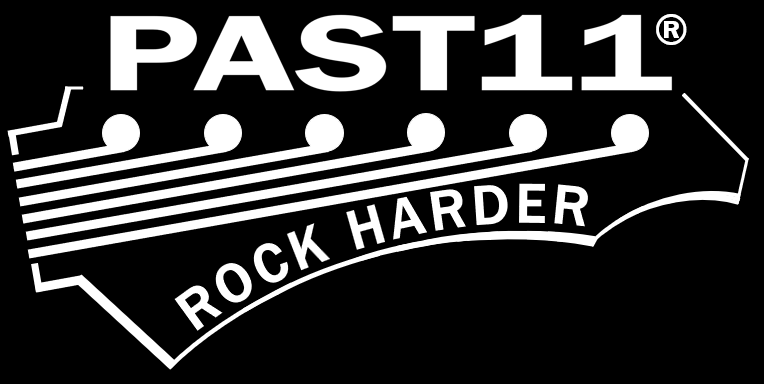What are Harmonics … and why are they important?
-
Harmonics are an important set of ‘overtones’ that are very significant elements of a guitar’s sound.
Without harmonics, a guitar would be extremely disappointing to listen to (arguably painful!).
But it’s not just the guitar that matters. Amplifiers and effects pedals respond to the guitar’s signal and generate additional harmonic distortion, so their performance is critical to the overall tone.
Guitarists for decades have been pairing different guitars, amplifiers, pedals and speaker cabinets to achieve their desired sound.
-
Pitch and harmonics can be explained in terms of their frequency.
Frequency is the number of times a guitar string vibrates (or ‘oscillates’) per second, in Hertz (‘Hz’)
As you play notes further up the neck, the vibrations shorten and the frequency goes up
The pitch of a note is at the 'fundamental frequency’, and harmonics are at higher frequencies … twice the frequency (2nd harmonic), three times the frequency (3rd harmonic), and so on
For example, in standard tuning, the frequency of an E2 note (the thickest string on a guitar, played open) is around 82 Hz
If we go up one octave, to an E3 note, we get the frequency of the second harmonic of E2 at around 165 Hz.
If we play the open B string (2nd string) we get a B3, at around 247 Hz … which is the same frequency as the third harmonic of E2
And an E4 (the thinnest string on a guitar played open) is around 330 Hz, which is the same as the fourth harmonic of the fundamental note (E2).
-
Even harmonics are even multiples of the fundamental note (2x, 4x, 6x, and so on) that add warmth and richness to the fundamental note.
Single ended valve pre-amps will produce even harmonics as the tube is overdriven. This is a major reason guitarists love valve / tube amplifiers.
For example, for the open low E played on a guitar (an 'E2', with fundamental frequency around 82 Hz):
the 2nd harmonic is an E (E3, same as the 7th fret on the A string)
the 4th harmonic is an E (E4 , same as the open high E string)
the 6th harmonic is a B (B5, same as the 7th fret on the high E string)
the 8th harmonic is an E (E5, same as the 12th fret on the high E string).
If we could play all of these together (with some ‘treble cut’ to temper the high end) we’d hear a very rich E.
Note that the 2nd harmonic is an octave higher than the fundamental, and the 4th and 8th harmonics are progressively each an octave higher. The sixth harmonic is a ‘perfect fifth’ of the E4. Together these all add warmth to the main note.
-
Odd harmonics are odd multiples of the fundamental note (3x, 5x, 7x, and so on).
Valve amp power stages (‘push-pull’) tend to generate odd harmonics and not evens when driven hard.
For example, for the open low E played on a guitar (an 'E2', with fundamental frequency around 82 Hz):
the 3rd harmonic is a B (B3), a ‘perfect fifth’ (up one octave), adding some lush voice to the E2 fundamental
the 5th harmonic is slightly below a G# so there may be a slow beat detectable if the harmonic is high power
the 7th harmonic is wedged between a C# and a D natural, so it can sound quite harsh if there’s a lot of energy in it.
Odd harmonics can be generated by symmetrically clipping a signal, which can sound pretty harsh if it’s hard clipping. Many overdrive and distortion pedals use ‘back-to-back’ diodes, that can drive a lot of power into the higher odd harmonics (‘squaring up’ the signal). But back off the gain and tone a bit, and odd harmonics (particularly the third harmonic) can be sweet.
-
Both even and odd harmonics have a place in shaping the tone of a guitar. Without any effects, a guitar is naturally rich in even and odd harmonics (that’s why they sound so great!).
Evens tend to be warmer and odds tend to be edgier.
Getting the balance right is the art of creating the perfect guitar tone.
Harmonics are ‘overtones’ at frequencies that are integer multiples of the fundamental note’s frequency (the fundamental is the pitch of the note you play).
Harmonics are generated in the vibrating strings of a guitar, and also in amplifiers and effects pedals, helping to shape an instrument's sound (it's 'timbre').

